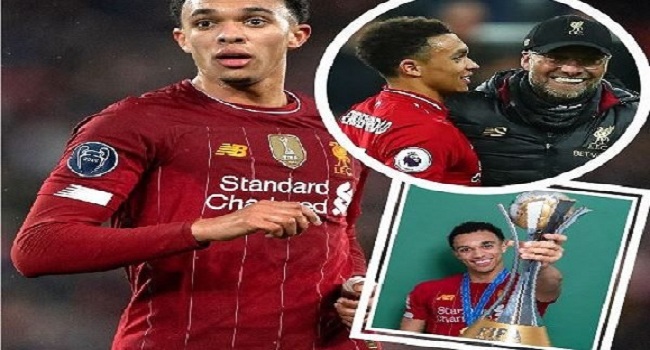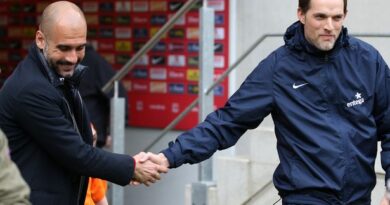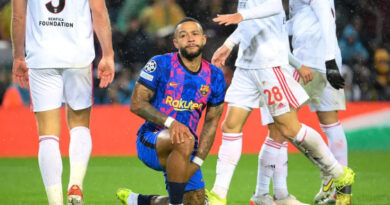Lee Scott Reveals How Jurgen Klopp Made Trent Alexander-Arnold To Something Special
For football fans, Lee Scott has revealed how Jurgen Klopp made Trent Alexander-Arnold into something so special.
However, there are few more pleasing sights than that of a player making his first steps in the first team having developed at the club’s own youth academy.
Imagine that player went on, in the space of just a few years, to become one of the best players in the world in their position. That is the situation at the moment with Liverpool and their 21-year-old right-back Trent Alexander-Arnold.
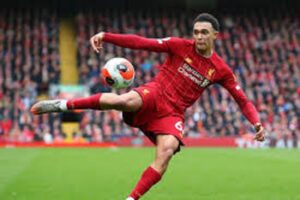
As a youngster in the Liverpool youth teams, Alexander-Arnold played in a variety of positions. He was a central defender, an attacking midfielder and a central midfielder at various points but rarely a full-back. Indeed, the fact that the 21-year-old once stated that his preferred position was in the centre of the midfield leads some to feel that eventually, he will move back into the centre of the pitch for club and country.
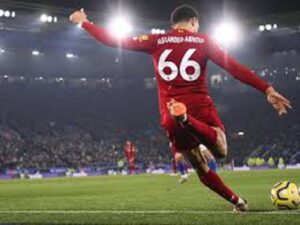
Over the course of the 2019/20 season, Alexander-Arnold became one of the most efficient passers and effective playmakers in European football. His ability to access every area of the pitch through driven or floated passes explains the reasoning behind Klopp giving the young right-back such an important role within the team.
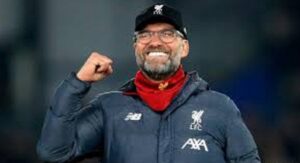
We touched upon this earlier in the chapter but Image 1 above gives a basic insight into the typical movements that we would see from a full-back in the attacking phase in a 4-3-3 structure. As the ball moves forward into the ‘8’ in the right half-space, we would then see the wide forward move inside to look for space to collect the ball. This movement from the wide forward would empty the wide space and the full-back would move quickly to a high position to provide the width on that side of the field. When Alexander-Arnold first made his move into the first team these were the kinds of movements that we would see most often from him. We should acknowledge that even from these areas, as he does still at times make this movement should the situation arise, Alexander-Arnold poses a significant threat to the opposition with his ability to cross the ball.
Indeed, he has already developed the ability to access the penalty area through a wide variety of crosses whether driven or curled into key zones.
We see this crossing ability most prominently, however, when he is positioned just outside the corner of the penalty area and when the ball is set back to him. He has perfected the art of playing a curved looping cross to the far side of the penalty area that bypasses the opposition offside trap.
There is another kind of movement that we have seen more prominently from Alexander-Arnold in 2019/20. Early in the attacking phase, the ball is still at the feet of the right-sided central defender Joel Matip, and we see the front three making their rotational movements in the attack. Both Sadio Mane and Mohamed Salah move inside from the wide spaces while Roberto Firmino drops off the front line into a deeper position.
With these movements, we then see Alexander-Arnold moving inside, into the half-space, so that he can collect the ball from Matip in a pocket of space. As soon as he receives the ball in this area Alexander-Arnold will look to touch forward into space and progress the ball towards the opposition penalty area.
Here, we start to see the issues mentioned previously in the chapter. As Alexander-Arnold moves inside and collects possession we can see that the right-hand channel is now empty. This would allow the left-forward for the opposition to press Alexander-Arnold from one direction while a central midfielder pressed from a second angle. This is why there was a need for Liverpool to find a mechanism to stretch the field and pin the wide players out in the wide position.
From another position, however, Alexander-Arnold is now in a position to more effectively control the game.
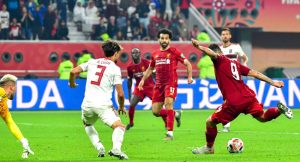
With the left-sided central defender, Virgil van Dijk, in possession at this moment we again see Alexander-Arnold making the same inverted movement to find room to receive the ball. This movement triggers the run from Jordan Henderson from his central position to the right-hand side of the pitch. Mohamed Salah and Sadio Mané both move inside and Roberto Firmino drops deep from the centre forward position to occupy a deeper role. On the left-hand side of the pitch, we immediately see Andrew Robertson move high to occupy the space emptied by the movement of Mané. In this snapshot, we see the balanced structure that Liverpool are able to build through different movements. The wide areas are occupied and they are positioned to overload the central spaces outside the penalty area.
Now, with Alexander-Arnold in possession of the ball we see the range of options and passing angles that these movements create. The wide area is open for a pass-through to Henderson again but more interestingly there are angles to the feet of Mohamed Salah and Roberto Firmino to allow Liverpool to build into this overload in the central area of the pitch just outside the penalty area.
From this inverted position in the half-space Alexander-Arnold effectively becomes a pivot through which Liverpool can look to play. He occupies the pivot space, between the lines of the opposition attack and midfield, and dictates the tempo and direction of play from there.
The importance of this pivot position to the overall Liverpool structure; with Alexander-Arnold inverted and in the half-space he is at the centre of a group of Liverpool players with five others arrayed around him.
He is the key to the structure in that his positioning creates a series of triangles that allow the ball to be quickly shifted and the angle of the attack changed. This structure allows the ball to be progressed as soon as the passing lane to Mohamed Salah is open, inside from the right, and Roberto Firmino has dropped into the ’10’ space. We see that Alexander-Arnold is positioned on the same line as the other two central midfielders, Fabinho and Georginio Wijnaldum, as Jordan Henderson has moved outside to the right-hand side. The structure and positioning of the Liverpool players have drawn the opposition in towards the ball to prevent them from becoming overloaded.
This, in turn, creates an opportunity on the far side for the ball to be moved to a one-versus-one situation in space.
It became a tool used by Liverpool more and more throughout the 2019/20 season for Alexander-Arnold to have possession before quickly switching the play via driven diagonal passes to the opposite full-back.
From this position Wijnaldum is capable of moving forward to the clear space and Robertson, at left-back, is isolated 1v1 against the opposition. The key is that from this position and when in possession Alexander-Arnold controls the whole pitch.
- Extracted from Lee Scott’s book King Klopp.

